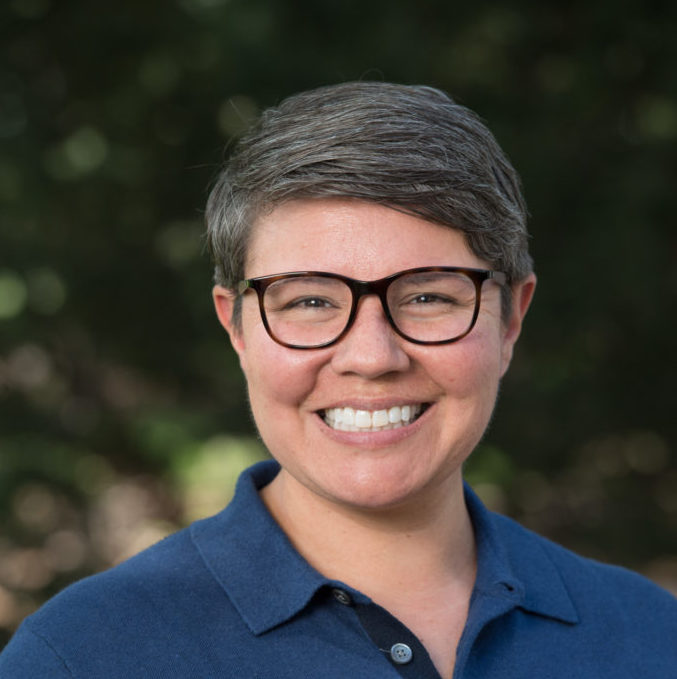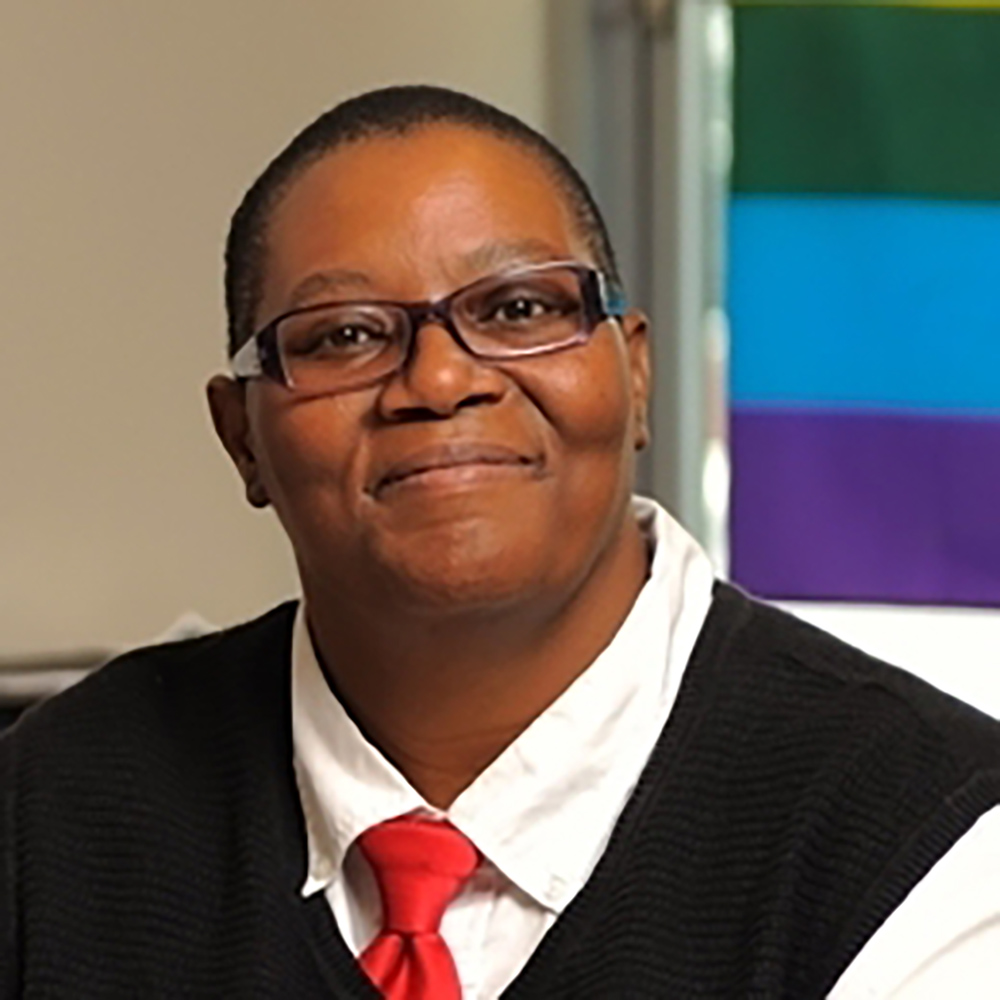
Pre-pandemic classroom engagement
Our country is a day away from a very contentious presidential election, and many of our faculty, staff, and students are feeling this contention in their homes, classes, and interactions with colleagues. We recognize that for many faculty and students the thought of this tension existing in the classroom brings much fear and uncertainty.
While students and faculty may utilize their First Amendment rights in a physical, or virtual, classroom setting, an inclusive classroom takes a proactive role in organizing thoughtful engagement based around shared understanding of the ground rules, goals of dialogue, and the Principles of Community.
As a public institution, Colorado State University has the opportunity, responsibility, and legal obligation to uphold the First Amendment through both individual and group freedom of speech. We must also acknowledge the inherent tension that exists between our First Amendment rights and the potential harm exercising those rights can cause to others.
With free speech comes the responsibility of knowing how speech can be used to harm, silence, and promote erasure of people and ideas. By utilizing their free speech and understanding its impact, students can hone their logic, stand in solidarity for or against topics, speak truth to power, and better advocate for issues they deeply care about.
We want faculty and students to use the classroom to create intentional learning environments where we can discuss difficult and at times controversial topics. This can be accomplished through proactive strategies to empower faculty in creating such environments. As diversity educators on campus, we will weigh in and address the question: “How can faculty intentionally create inclusive classrooms which promote dialogue and uphold free speech?”
Classroom strategies
Ria Vigil, assistant vice president for diversity
• Anticipate conflict and resistance. How we think about potential conflict matters. Do we dread conflict arising? We can be better prepared for conflict in the classroom when we anticipate it and plan for it. I suggest reviewing your syllabi for content which may be controversial and determining how you will go about creating an environment that encourages discussion around that content and minimizes opportunity for harm.
• Tip: Create a list of phrases that you can use to redirect conflict and resistance. Practice these phrases so that you feel comfortable using them when conflict does arise.
• Take responsibility. Many of our faculty use potential conflict, cross-cultural communication, and debate as pedagogical tools for learning. As productive as this strategy can be, we also know that it can place underrepresented students in the position of arguing for or against an identity they hold. I would ask faculty to do this responsibly by recognizing how this type of strategy can put underrepresented populations in a vulnerable place. The classroom environment is the faculty member’s responsibility to uphold – so feel empowered to do so. This includes being intentional about what is included in the syllabus, how the classroom climate is created, who gets invited to guest speak, and the content of pair or small-group interactions.

Ria Vigil, Assistant Vice President for Diversity
• Ask for a “do over.” Faculty have expressed to me that when conflict arises in the classroom, they do not always know what to do in that moment. I believe this is a common experience for many. We often believe we will have the magic words to say on the spot, but in reality, it often takes time and clarity to know how to address conflict. Do not be afraid to ask your class for a “do over.” By doing so, you will be addressing the issue and modeling the reality of negotiating conflict.
Laxmi Shastry, coordinator for intergroup relations, Student Diversity Programs and Services
• Feedback opportunities. Soliciting students’ questions and feedback about the classroom dialogue can give you a lot of information about what the group is feeling and what they may need. Knowing how students are experiencing the classroom space and dialogues allows you to respond more effectively and thoughtfully and shift your approach, if needed. It’s helpful to provide multiple options where students can share their thoughts: office hours, anonymous feedback forms shared regularly and/or available all semester, a structured mid-semester evaluation process, quick journal/reflection assignments, etc. Think about specific questions you have: How are different students experiencing classroom dynamics? What emotions are coming up? Did they notice a “hot moment” that you missed? Let the class know why you are interested in their feedback and set clear expectations about how you may or may not implement their feedback this semester.
• Build connections. Online learning may afford students relative anonymity in the classroom. This, compounded with the general distance and disconnect many students may be feeling, can impact how and whether students are engaging with each other respectfully and appropriately. Helping students connect with each other and build relationships can disrupt feelings of anonymity and distance; dialogues across different identities and perspectives can flow better when students know who they are talking to and feel a level of investment in each other’s well-being and learning. You can introduce icebreakers, group work, introduction videos, weekly student spotlights or other activities even partway through the semester.

Laxmi Shastry, coordinator for intergroup relations, Student Diversity Programs and Services
Fleurette King, equity educator, Undergraduate Affairs and TILT
• Co-create ground rules. Setting ground rules allows faculty and students to co-create classroom expectations and norms. It will enable students to have agency in their space and for faculty to express expectations of your time together. Often, students will hold one another accountable to those guidelines without intervention by you. It allows for all members to know what is expected of them and what they can expect from one another. We recommend carving out time on the first day of class and creating them together, but if you haven’t done this, fear not, it’s not too late. You can start out your next class period by discussing expectations of each other. Also, you can start with a short list and empower the group to modify as needed throughout the semester.
• Ask meaningful questions. Ask questions that help participants get to a deeper understanding of themselves and their beliefs, and shed light on ways to grow and make positive, more inclusive change. Ask questions that focus on sharing experiences instead of opinions; use simple and easy-to-remember prompts to evoke feelings and experiences leading to dialogue; focus on their sphere of influence; invite personal reflection on their backgrounds. These are just a few ways that faculty can create meaningful connections for students across difference.

Fleurette King, equity educator, TILT
As educators, we have a tremendous responsibility, but we also have a tremendous opportunity. By using proactive classroom strategies, we will be better prepared to navigate free speech, develop competency within our students to dialogue across difference, and to encourage students to use their voices to better articulate their passions.
Additional resources
for managing dialogue and opinions on the election and beyond
- College of Liberal Arts, Classroom Climate
- Office of the Vice President for Diversity
- The Institute for Learning and Teaching
- Student Diversity Programs and Services
- Facing History
- National Issues Forum (public deliberation on campus and in communities)
- Teaching about the Elections
- The National Coalition on Dialogue and Deliberation
- Conversation Café
- Everyday Democracy
- SEED Workshop Program (Students Empowering and Engaging in Dialogue)